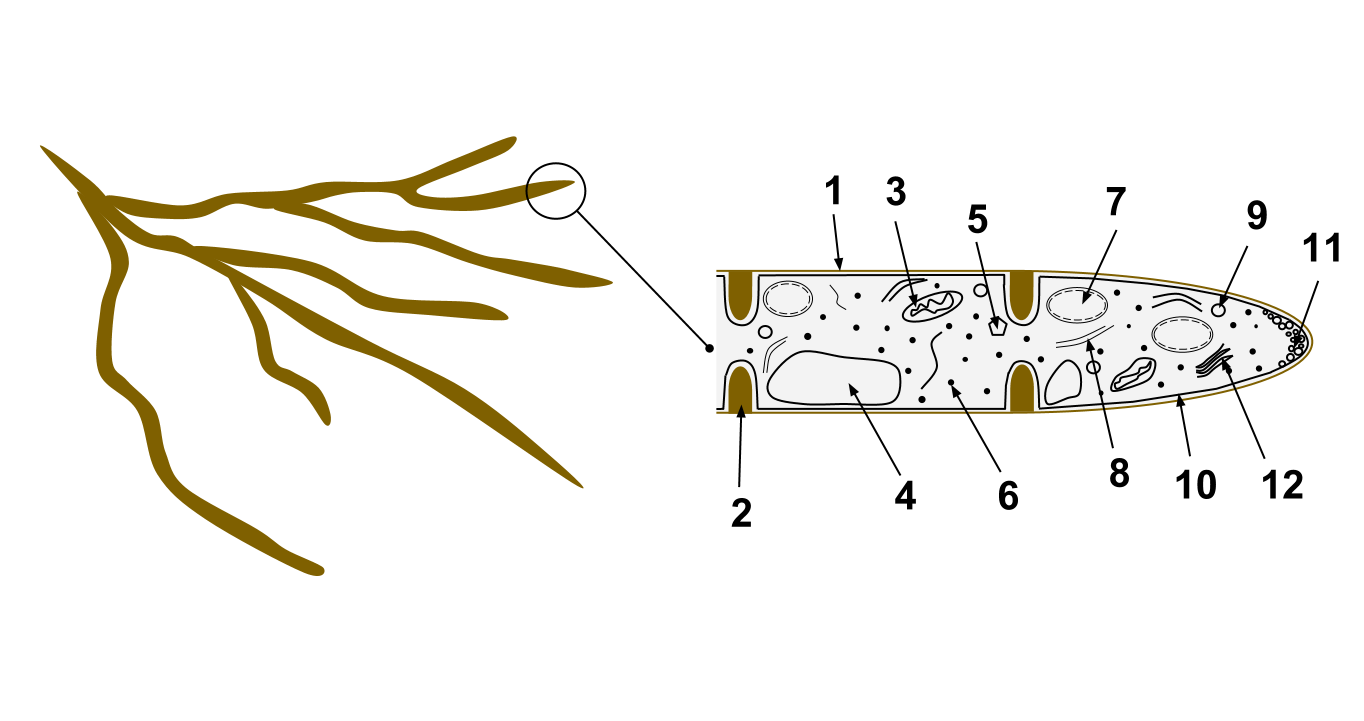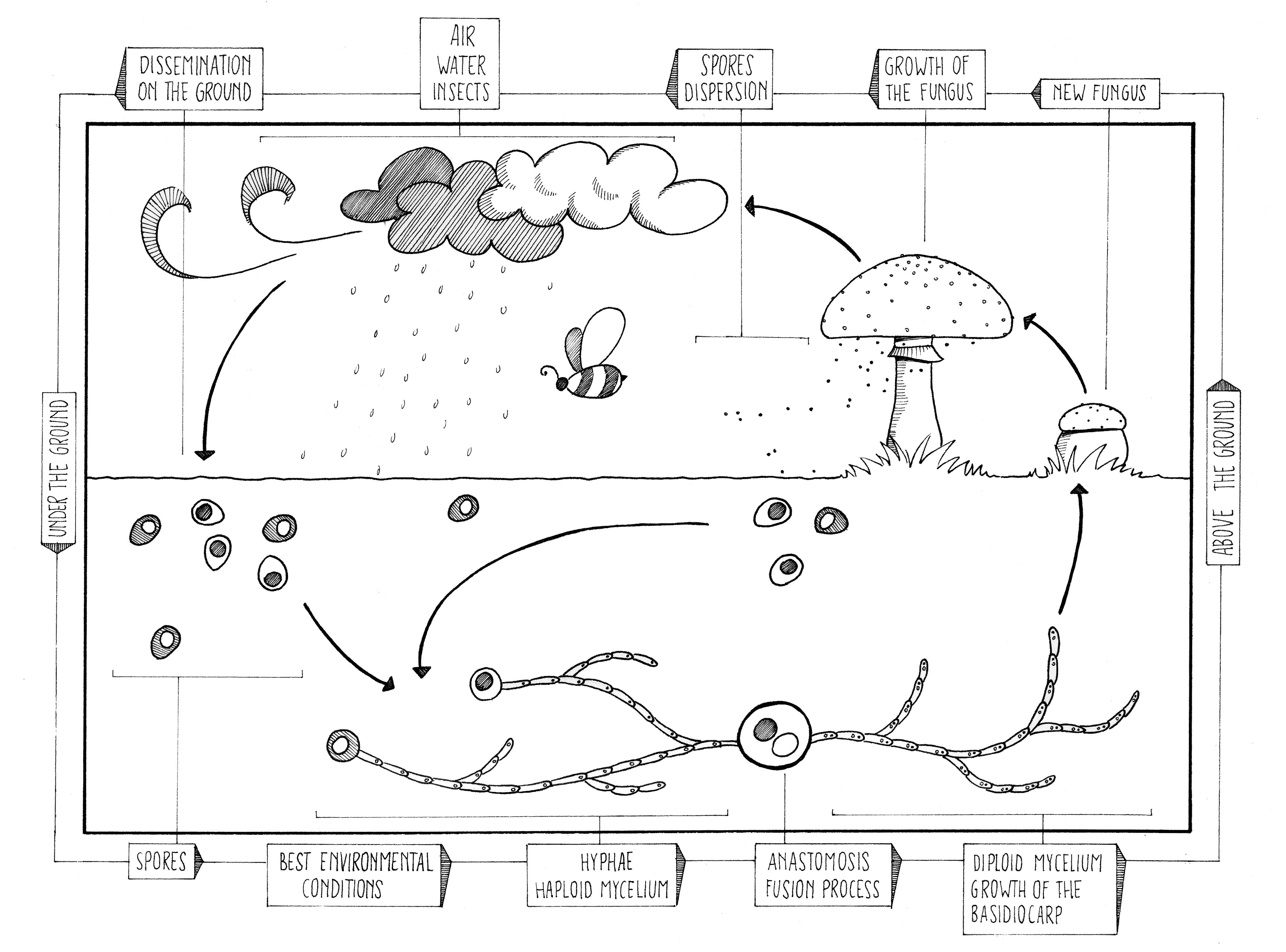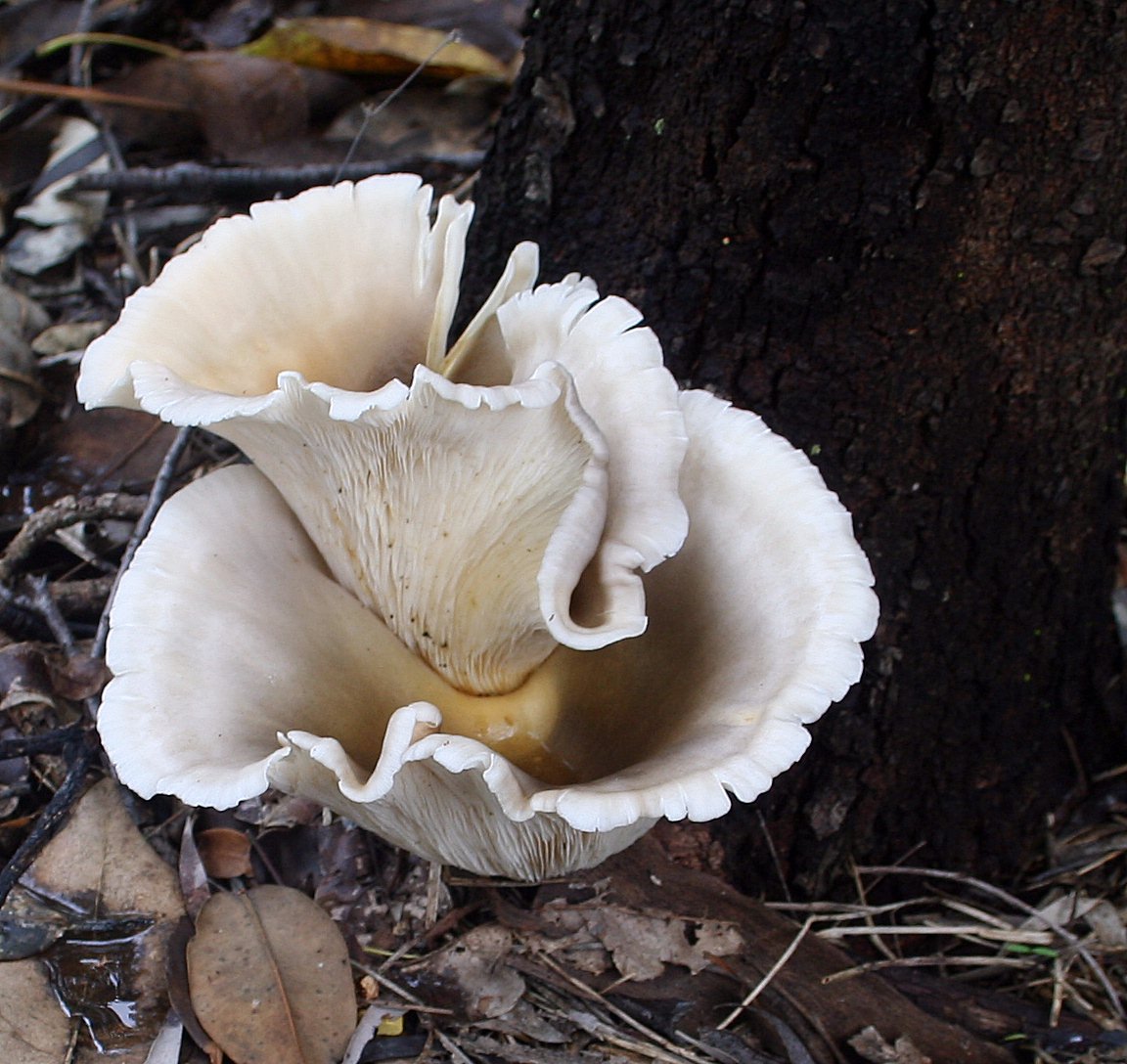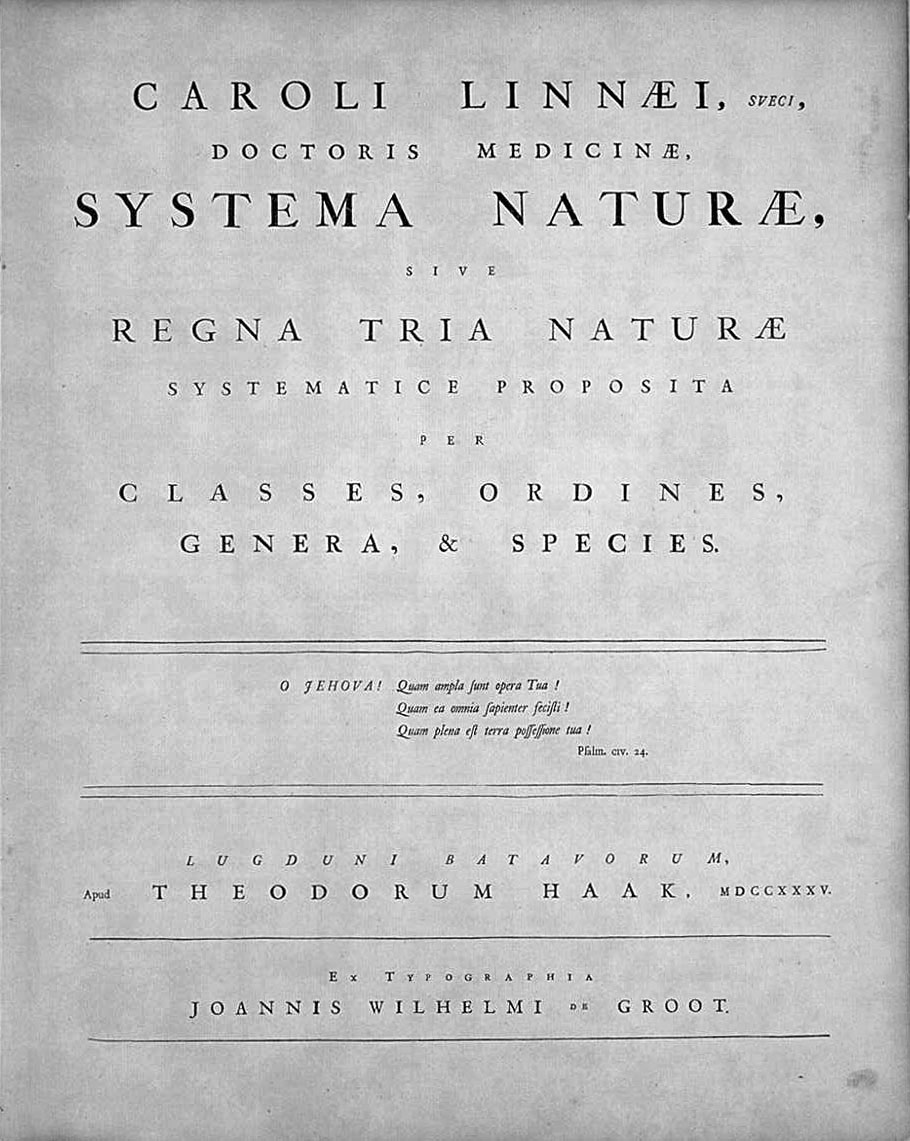|
Coprinopsis Aesontiensis
''Coprinopsis aesontiensis'' is a species of mushroom producing fungus in the family Psathyrellaceae. Taxonomy It was first described in 2016 by the Italian mycologists Andreas Melzer, Giuliano Ferisin & Francesco Dovana and classified as ''Coprinopsis aesontiensis'' based on DNA analysis. Description ''Coprinopsis'' ''aesontiensis'' is a small grey mushroom found rarely in North Eastern Italy. Cap: Up to 30mm wide by 20mm tall. Campanulate (bell shaped) or conical. Grey with small white tufts or powdery scales. Gills: Start white maturing to dark brown. Crowded. Stem: 60-80mm long and 6-8mm in diameter. Slightly bulbous base. White with small hairs or downy tufts. Spores: Ellipsoid with a germ pore. 9.6-10.6 x 5-6 μm. Taste: Indistinct. Smell: Indistinct. Habitat and distribution The species was discovered in the North Eastern Friuli Venezia Giulia region of Italy which borders Austria and Slovenia. Its distribution remains unclear. Etymology The specific epit ... [...More Info...] [...Related Items...] OR: [Wikipedia] [Google] [Baidu] |
Fungi
A fungus (plural, : fungi or funguses) is any member of the group of Eukaryote, eukaryotic organisms that includes microorganisms such as yeasts and Mold (fungus), molds, as well as the more familiar mushrooms. These organisms are classified as a Kingdom (biology), kingdom, separately from the other eukaryotic kingdoms, which by one traditional classification include Plantae, Animalia, Protozoa, and Chromista. A characteristic that places fungi in a different kingdom from plants, bacteria, and some protists is chitin in their cell walls. Fungi, like animals, are heterotrophs; they acquire their food by absorbing dissolved molecules, typically by secreting digestive enzymes into their environment. Fungi do not photosynthesize. Growth is their means of motility, mobility, except for spores (a few of which are flagellated), which may travel through the air or water. Fungi are the principal decomposers in ecological systems. These and other differences place fungi in a single gro ... [...More Info...] [...Related Items...] OR: [Wikipedia] [Google] [Baidu] |
Basidiomycota
Basidiomycota () is one of two large divisions that, together with the Ascomycota, constitute the subkingdom Dikarya (often referred to as the "higher fungi") within the kingdom Fungi. Members are known as basidiomycetes. More specifically, Basidiomycota includes these groups: mushrooms, puffballs, stinkhorns, bracket fungi, other polypores, jelly fungi, boletes, chanterelles, earth stars, smuts, bunts, rusts, mirror yeasts, and ''Cryptococcus'', the human pathogenic yeast. Basidiomycota are filamentous fungi composed of hyphae (except for basidiomycota-yeast) and reproduce sexually via the formation of specialized club-shaped end cells called basidia that normally bear external meiospores (usually four). These specialized spores are called basidiospores. However, some Basidiomycota are obligate asexual reproducers. Basidiomycota that reproduce asexually (discussed below) can typically be recognized as members of this division by gross similarity to others, by the form ... [...More Info...] [...Related Items...] OR: [Wikipedia] [Google] [Baidu] |
Agaricomycetes
The Agaricomycetes are a class of fungi in the division Basidiomycota. The taxon is roughly identical to that defined for the Homobasidiomycetes (alternatively called holobasidiomycetes) by Hibbett & Thorn, with the inclusion of Auriculariales and Sebacinales. It includes not only mushroom-forming fungi, but also most species placed in the deprecated taxa Gasteromycetes and Homobasidiomycetes. Within the subdivision Agaricomycotina, which already excludes the smut and rust fungi, the Agaricomycetes can be further defined by the exclusion of the classes Tremellomycetes and Dacrymycetes, which are generally considered to be jelly fungi. However, a few former "jelly fungi", such as ''Auricularia'', are classified in the Agaricomycetes. According to a 2008 estimate, Agaricomycetes include 17 orders, 100 families, 1147 genera, and about 21000 species. Modern molecular phylogenetic analyses have been since used to help define several new orders in the Agaricomycetes: Amyloco ... [...More Info...] [...Related Items...] OR: [Wikipedia] [Google] [Baidu] |
Agaricales
The fungal order Agaricales, also known as gilled mushrooms (for their distinctive gills) or euagarics, contains some of the most familiar types of mushrooms. The order has 33 extant families, 413 genera, and over 13,000 described species, along with six extinct genera known only from the fossil record. They range from the ubiquitous common mushroom to the deadly destroying angel and the hallucinogenic fly agaric to the bioluminescent jack-o-lantern mushroom. History, classification and phylogeny In his three volumes of '' Systema Mycologicum'' published between 1821 and 1832, Elias Fries put almost all of the fleshy, gill-forming mushrooms in the genus '' Agaricus''. He organized the large genus into "tribes", the names of many of which still exist as common genera of today. Fries later elevated several of these tribes to generic level, but later authors—including Gillet, Karsten, Kummer, Quélet, and Staude—made most of the changes. Fries based his classifica ... [...More Info...] [...Related Items...] OR: [Wikipedia] [Google] [Baidu] |
Psathyrellaceae
The Psathyrellaceae are a family of dark-spored agarics that generally have rather soft, fragile fruiting bodies, and are characterized by black, dark brown, rarely reddish, or even pastel-colored spore prints. About 50% of species produce fruiting bodies that dissolve into ink-like ooze when the spores are mature via autodigestion. Prior to phylogenetic research based upon DNA comparisons, most of the species that autodigested were classified as Coprinaceae, which contained all of the inky-cap mushrooms. However, the type species of '' Coprinus'', '' Coprinus comatus'', and a few other species, were found to be more closely related to Agaricaceae. The former genus '' Coprinus'' was split between two families, and the name "Coprinaceae" became a synonym of Agaricaceae in its 21st-century phylogenetic redefinition. Note that in the 19th and early 20th centuries the family name Agaricaceae had far broader application, while in the late 20th century it had a narrower application. T ... [...More Info...] [...Related Items...] OR: [Wikipedia] [Google] [Baidu] |
Coprinopsis
''Coprinopsis'' is a genus of mushrooms in the family Psathyrellaceae. ''Coprinopsis'' was split out of the genus '' Coprinus'' based on molecular data. The species ''Coprinopsis cinerea'' (=''Coprinus cinereus'') is a model organism for mushroom-forming basidiomycota, and its genome has recently been sequenced completely. Selected species ''For complete list see'' List of ''Coprinopsis'' species * '' Coprinopsis acuminata'' (humpback inkcap) * ''Coprinopsis atramentaria ''Coprinopsis atramentaria'', commonly known as the common ink cap or inky cap, is an edible (although poisonous when combined with alcohol) mushroom found in Europe and North America. Previously known as ''Coprinus atramentarius'', it is th ...'' (common inkcap) * '' Coprinopsis episcopalis'' (mitre inkcap) * ''Coprinopsis jonesii'' (bonfire inkcap) * ''Coprinopsis lagopus'' (hare's foot inkcap) * ''Coprinopsis nivea'' (snowy inkcap) * ''Coprinopsis picacea'' (magpie inkcap) * ''Coprinopsis var ... [...More Info...] [...Related Items...] OR: [Wikipedia] [Google] [Baidu] |
Andreas Melzer
Andreas ( el, Ἀνδρέας) is a name usually given to males in Austria, Greece, Cyprus, Denmark, Armenia, Estonia, Ethiopia, Eritrea, Finland, Flanders, Germany, Norway, Sweden, Switzerland, Romania, the Netherlands, and Indonesia. The name derives from the Greek noun ἀνήρ ''anēr'', with genitive ἀνδρός ''andros'', which means "man". See the article on '' Andrew'' for more information. The Scandinavian name is earliest attested as antreos in a runestone from the 12th century. The name Andrea may be used as a feminine form, but is instead the main masculine form in Italy and the canton of Ticino in Switzerland. Given name Andreas is a common name, and this is not a comprehensive list of articles on people named Andreas. See instead . Surname * Alfred T. Andreas, American publisher and historian * Casper Andreas (born 1972), American actor and film director * Dwayne Andreas, a businessman * Harry Andreas * Lisa Andreas Places *Andreas, Isle of Man, a v ... [...More Info...] [...Related Items...] OR: [Wikipedia] [Google] [Baidu] |
Giuliano Ferisin
People with the Italian given name or surname Giuliano () have included: In arts and entertainment Surname * Geoffrey Giuliano, American author * Maurizio Giuliano, writer and Guinness-record-holding traveler Given name * Giuliano Gemma, actor * Giuliano Đanić, Croatian pop-folk singer In crime * Luigi Giuliano, former Neapolitan Camorra boss and pentito * Salvatore Giuliano, Sicilian bandit In politics Surname * Carla Giuliano, Italian MP *Neil Giuliano, former mayor of Tempe, Arizona, US * Sebastian Giuliano, mayor of Middletown, Connecticut, US Given name * Giuliano Amato, former prime minister of Italy * Giuliano Poletti, Italian politician * Giuliano Urbani, Italian politician In sport Surname * Carmelo Giuliano, Argentine footballer * Luigi Giuliano (footballer), Italian international footballer Given name * Giuliano de Paula, Brazilian footballer known mononymously as Giuliano * Giuliano Alesi, French racing driver In other fields * Giuliano de' Medici, nobleman ... [...More Info...] [...Related Items...] OR: [Wikipedia] [Google] [Baidu] |
Francesco Dovana
Francesco, the Italian (and original) version of the personal name "Francis", is the most common given name among males in Italy. Notable persons with that name include: People with the given name Francesco * Francesco I (other), several people * Francesco Barbaro (other), several people * Francesco Bernardi (other), several people *Francesco di Giorgio Martini (1439-1501), Italian architect, engineer and painter * Francesco Berni (1497–1536), Italian writer * Francesco Canova da Milano (1497–1543), Italian lutenist and composer * Francesco Primaticcio (1504–1570), Italian painter, architect, and sculptor * Francesco Albani (1578–1660), Italian painter * Francesco Borromini (1599–1667), Swiss sculptor and architect * Francesco Cavalli (1602–1676), Italian composer * Francesco Maria Grimaldi (1618–1663), Italian mathematician and physicist * Francesco Bianchini (1662–1729), Italian philosopher and scientist * Francesco Galli Bibiena (165 ... [...More Info...] [...Related Items...] OR: [Wikipedia] [Google] [Baidu] |
Mushroom
A mushroom or toadstool is the fleshy, spore-bearing fruiting body of a fungus, typically produced above ground, on soil, or on its food source. ''Toadstool'' generally denotes one poisonous to humans. The standard for the name "mushroom" is the cultivated white button mushroom, '' Agaricus bisporus''; hence the word "mushroom" is most often applied to those fungi ( Basidiomycota, Agaricomycetes) that have a stem ( stipe), a cap ( pileus), and gills (lamellae, sing. lamella) on the underside of the cap. "Mushroom" also describes a variety of other gilled fungi, with or without stems, therefore the term is used to describe the fleshy fruiting bodies of some Ascomycota. These gills produce microscopic spores that help the fungus spread across the ground or its occupant surface. Forms deviating from the standard morphology usually have more specific names, such as " bolete", " puffball", " stinkhorn", and "morel", and gilled mushrooms themselves are often called " agarics" in ... [...More Info...] [...Related Items...] OR: [Wikipedia] [Google] [Baidu] |
Fungus
A fungus (plural, : fungi or funguses) is any member of the group of Eukaryote, eukaryotic organisms that includes microorganisms such as yeasts and Mold (fungus), molds, as well as the more familiar mushrooms. These organisms are classified as a Kingdom (biology), kingdom, separately from the other eukaryotic kingdoms, which by one traditional classification include Plantae, Animalia, Protozoa, and Chromista. A characteristic that places fungi in a different kingdom from plants, bacteria, and some protists is chitin in their cell walls. Fungi, like animals, are heterotrophs; they acquire their food by absorbing dissolved molecules, typically by secreting digestive enzymes into their environment. Fungi do not photosynthesize. Growth is their means of motility, mobility, except for spores (a few of which are flagellated), which may travel through the air or water. Fungi are the principal decomposers in ecological systems. These and other differences place fungi in a single gro ... [...More Info...] [...Related Items...] OR: [Wikipedia] [Google] [Baidu] |
Species Description
A species description is a formal description of a newly discovered species, usually in the form of a scientific paper. Its purpose is to give a clear description of a new species of organism and explain how it differs from species that have been described previously or are related. In order for species to be validly described, they need to follow guidelines established over time. Zoological naming requires adherence to the ICZN code, plants, the ICN, viruses ICTV, and so on. The species description often contains photographs or other illustrations of type material along with a note on where they are deposited. The publication in which the species is described gives the new species a formal scientific name. Some 1.9 million species have been identified and described, out of some 8.7 million that may actually exist. Millions more have become extinct throughout the existence of life on Earth. Naming process A name of a new species becomes valid (available in zo ... [...More Info...] [...Related Items...] OR: [Wikipedia] [Google] [Baidu] |





